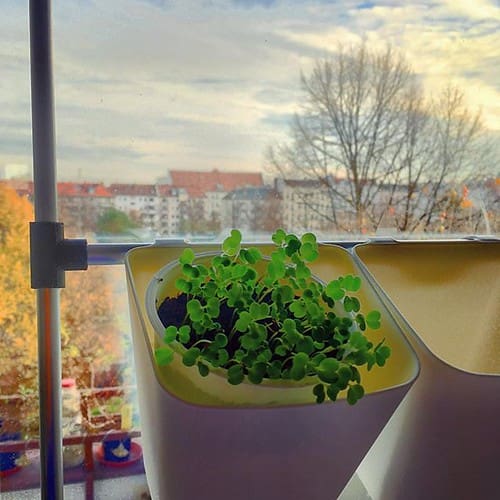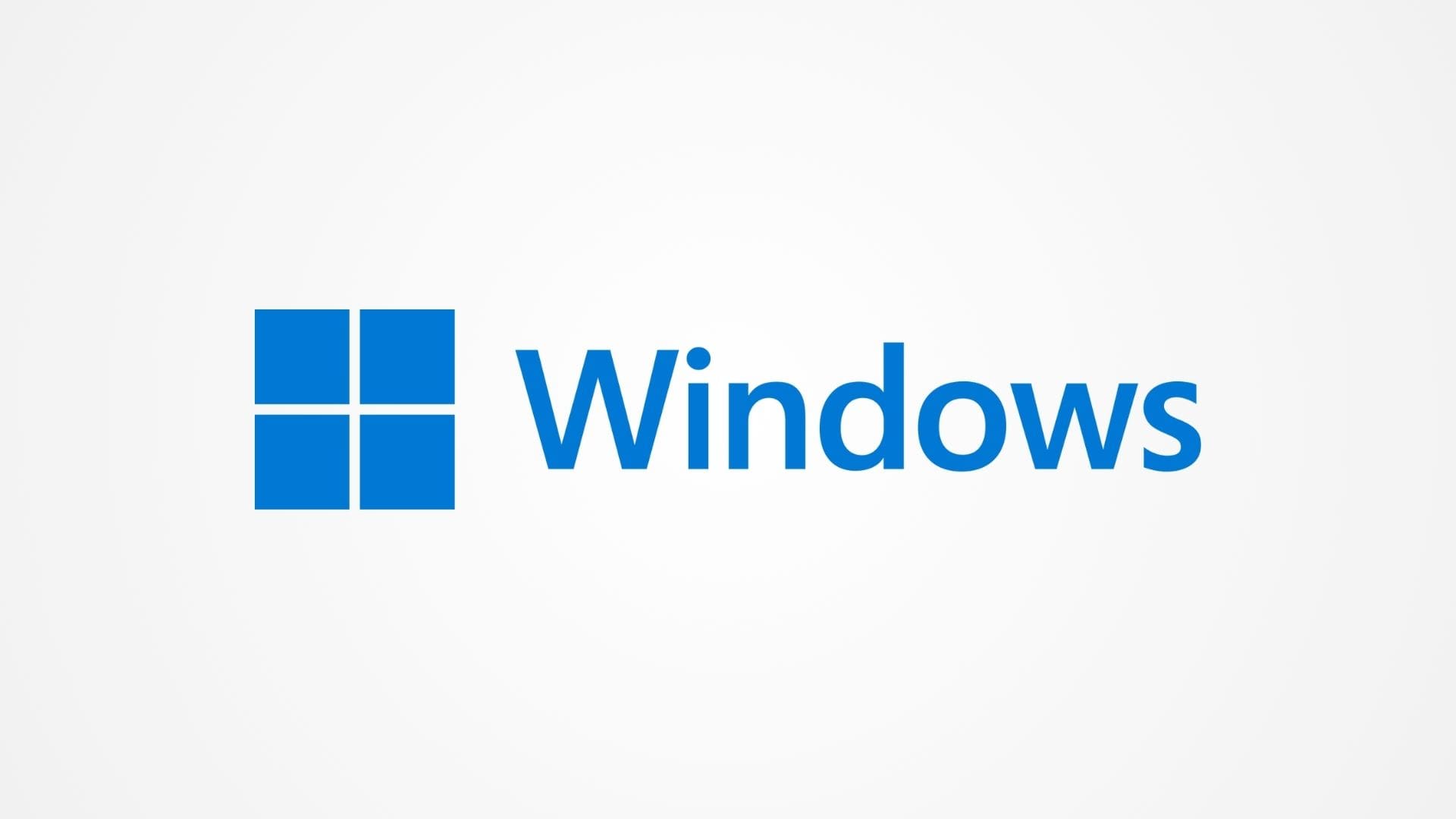Forestry, the science and practice of managing and using forests sustainably, is exploring new frontiers with the integration of 3D printing technology. Traditionally reliant on manual tools and methods, the forestry sector is now benefiting from the innovations brought by 3D printing, which offers potential improvements in tool manufacturing, habitat restoration, and environmental monitoring. This transformative approach not only enhances operational efficiency but also contributes to the conservation and sustainable management of forest resources.
The Emergence of 3D Printing in Forestry
3D printing, or additive manufacturing, initially gained traction in industries such as manufacturing and healthcare for its ability to create complex objects with high precision. In forestry, 3D printing is being explored for its potential to produce customized tools, equipment, and even structures that can assist in forest management and conservation efforts. The technology’s ability to utilize a variety of materials, including biodegradable composites, aligns well with the environmental goals of the forestry sector.

Advantages of 3D Printing in Forestry
Customization of Tools and Equipment: 3D printing allows for the creation of specialized forestry tools tailored to specific tasks or local conditions. This customization can lead to more effective and efficient forest management practices.
Rapid Prototyping and Innovation: The technology enables quick development and testing of new forestry tools and solutions, significantly speeding up innovation cycles and allowing for immediate field testing.
Reduction in Material Waste: 3D printing is an additive process, meaning it only uses the material necessary to build an object, which minimizes waste. This is particularly beneficial in forestry, where environmental conservation is a priority.
Enhanced Wildlife Conservation Efforts: 3D printing can be used to create structures such as artificial nests, dens, or other habitat features that help in wildlife management and species conservation.
Key Applications of 3D Printing in Forestry
Tree Planting Tools: Customized tree planting tools, which can be designed to suit specific types of terrain or tree species, can be produced through 3D printing. These tools can help increase the efficiency and success rates of tree planting efforts.
Forest Monitoring Equipment: Drones and other monitoring devices fitted with custom 3D-printed components can be used for surveying and monitoring forest health and biodiversity. These devices can be optimized for long flights over forested areas or to carry specific scientific equipment.
Restoration and Conservation Projects: 3D printing offers novel approaches to habitat restoration, such as creating forms that facilitate the growth of certain plant species or structures that prevent soil erosion.
Educational Models and Training: Detailed replicas of forest terrain, tree species, or wildlife can be 3D printed for educational purposes, helping to train forestry professionals and educate the public about forest ecosystems.

Challenges in 3D Printing for Forestry
Despite its potential, the application of 3D printing in forestry faces several challenges:
Material Durability: Ensuring that 3D-printed objects can withstand the harsh conditions of forest environments is crucial. Materials must be durable, weather-resistant, and possibly biodegradable, balancing performance with environmental impact.
Scale and Accessibility: While 3D printing is excellent for small-scale applications, scaling up for larger projects such as extensive reforestation or large-scale monitoring equipment can be challenging and costly.
Technical Expertise and Cost: The initial setup cost for 3D printing equipment and the need for technical expertise to operate and maintain this technology can be barriers for its adoption in traditionally low-tech environments like forestry.
Future Directions in 3D Printing for Forestry
The future of 3D printing in forestry looks promising, with ongoing advancements in materials science and printing technology expected to expand its applications and effectiveness. Continued innovation could lead to more widespread adoption of 3D printing for creating biodegradable materials or even directly printing with organic materials derived from forest products. Additionally, as ecological concerns drive the need for sustainable practices, 3D printing could play a crucial role in developing solutions that minimize environmental impact while enhancing forest management and conservation efforts.
3D printing is poised to play a significant role in transforming forestry practices by providing innovative tools and solutions that enhance the efficiency, sustainability, and effectiveness of forest management. As the technology continues to evolve, it will likely become an integral part of the forestry sector, promoting better resource management and contributing to the global efforts in conservation and sustainable development.








